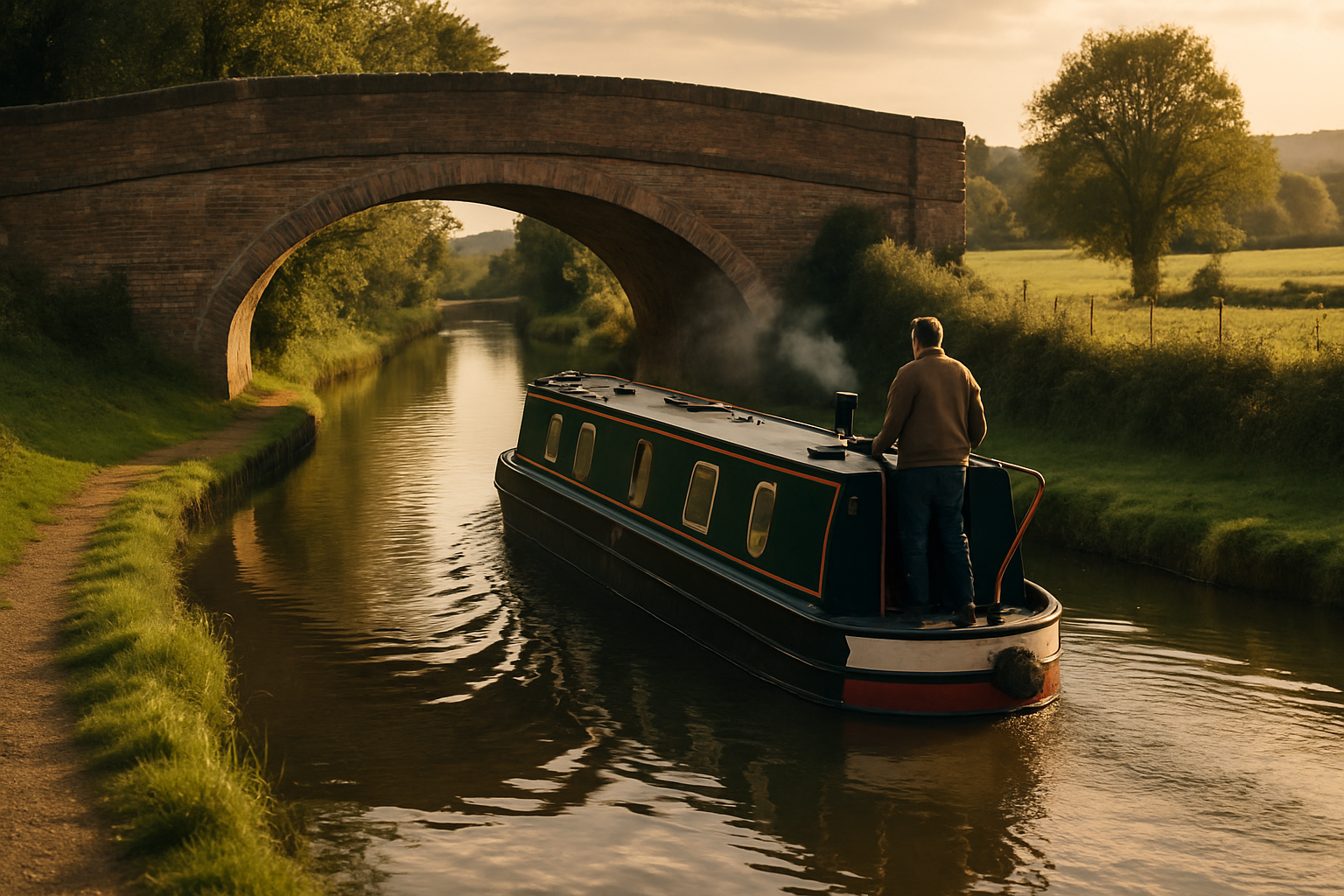Rediscovering the Charm of Canal Travel: A Journey Back in Time
There’s a certain romance associated with slow-paced canal travel. It's a form of travel that takes us back in time, to an era when life was less hurried and the journey was as important as the destination. In recent years, this form of travel has seen a resurgence, as travelers seek immersive, authentic experiences that allow them to connect with a destination in a deeper and more meaningful way.

The Historical Context of Canal Travel
Historically, canals were primarily used for transport and trade, serving as lifelines for commerce. During the Industrial Revolution, they were the arteries that pumped life into burgeoning towns and cities, carrying goods and people. However, the advent of railways and motorways in the 19th century led to a decline in their use. Today, the tables are turning as canal travel is experiencing a renaissance as a leisure activity, with vacationers trading traditional holidays for the peaceful charm of life at a slower pace.
The Resurgence of Canal Travel
In recent years, canal travel has gained momentum due to its unique appeal. It offers a break from fast-paced city life and provides an opportunity to immerse oneself in the beauty of the countryside. The trend is fueled by a growing interest in slow tourism, where the focus is on the journey rather than the destination. Canal travel fits perfectly into this trend, offering travelers the chance to experience local culture, history, and nature at a leisurely pace.
Pros and Cons of Canal Travel
Like any travel style, canal travel has its pros and cons. The advantages of canal travel are plenty: it’s an eco-friendly way of traveling, it allows for a deeper connection with the local environment and communities, and it offers a unique, tranquil experience. On the downside, it may not be suitable for those who prefer fast-paced activities or luxury accommodations. Moreover, navigating a canal boat requires some skill and knowledge.
Practical Applications of Canal Travel
Canal travel isn’t just about leisure, it also plays an important part in promoting sustainable tourism. Many canal restoration projects have breathed new life into dilapidated waterways, benefiting local communities and the environment. Canal boats can also be used as floating classrooms to educate children about history, engineering, and nature.
Canals: A Treasure Trove of Experiences
-
The UK is home to an extensive network of canals, offering a wide range of experiences – from the historical Chesterfield Canal to the picturesque Kennet and Avon Canal.
-
The Canal du Midi in France, a UNESCO World Heritage site, is famous for its scenic beauty and historical significance.
-
In the Netherlands, the canals of Amsterdam are a major tourist attraction, offering a unique perspective of the city.
-
The Erie Canal in the US played a crucial role in the country’s westward expansion and is now a popular route for leisure cruises.
In Conclusion
Canal travel offers a unique perspective on the world. It combines the romance of a bygone era with the benefits of slow, sustainable tourism. It’s not just about the destination, but the journey, offering travelers the opportunity to immerse themselves in the local culture, history, and natural beauty. Whether it’s exploring the historic canals of Amsterdam or cruising down the picturesque waterways of France, canal travel provides an enriching and unforgettable experience.





